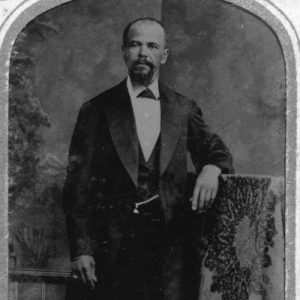Courtesy of the Spring 2018 issue of the St. Augustine Historical Society newsletter. I used several articles from the Tatler in my book ST. AUGUSTINE & THE CIVIL WAR (Civil War Series) finding interesting tidbits on former Civil War Generals and when they were in town and what they were up to. It was not digital with an index at the time so I know I didn’t get the full use out of this fascinating reference. Now if they can just get this source available online.
Hidden Treasures: The Tatler Written by Bob Nawrocki
The arrival of Henry M. Flagler and the opening of his hotels brought wealthy winter tourists to St. Augustine by the train load. Before email, Twitter, Instagram, and other social media, the wealthy visitors used print publications to find out what their peers were doing.
Anna Marcotte, who previously worked on the St. Augustine News, started The Tatler of Society in Florida to document the comings and goings of wealthy visitors to St. Augustine; The Tatler was only published during the winter season. The Tatler offered a listing of who came into town, where they were staying, menus of specials events, descriptions of dresses and gowns worn to dances and ads for hotels and souvenirs.
The Research Library has the only complete collection of The Tatler in the United States. It is an invaluable resource for a researcher looking into the Gilded Age in St. Augustine. Until recently, the only way to find information in The Tatler was to read each issue until you found the information you needed. This took time and caused wear and tear to our only copies of The Tatler.
Thanks to the hard work of Marty Cawley, a Research Library volunteer, The Tatler is fully indexed. Ms. Cawley went through each issue and indexed the articles and photographs in each issue. The information was entered into Emily, our online catalog, and is available to anyone with access to the Internet. To access our catalog, visit oldesthouse.org and click on the Research Library button.
To protect our set of The Tatler, the entire run has been scanned and converted into a set of PDFs. To scan our bound set, it was necessary to use an oversize scanner. Matt Armstrong, Collections Coordinator of the University of Florida Historic St. Augustine Library at the Governor’s House, offered use of their library’s oversize scanner for this project. Chad Germany, Assistant Librarian, scanned the collection and organized the PDFs. The PDFs are only available in the reading room of the Research Library. The fragile original copies of The Tatler will be placed in secure storage where they will be in temperature and humidity controlled space, preserving them for the future.



